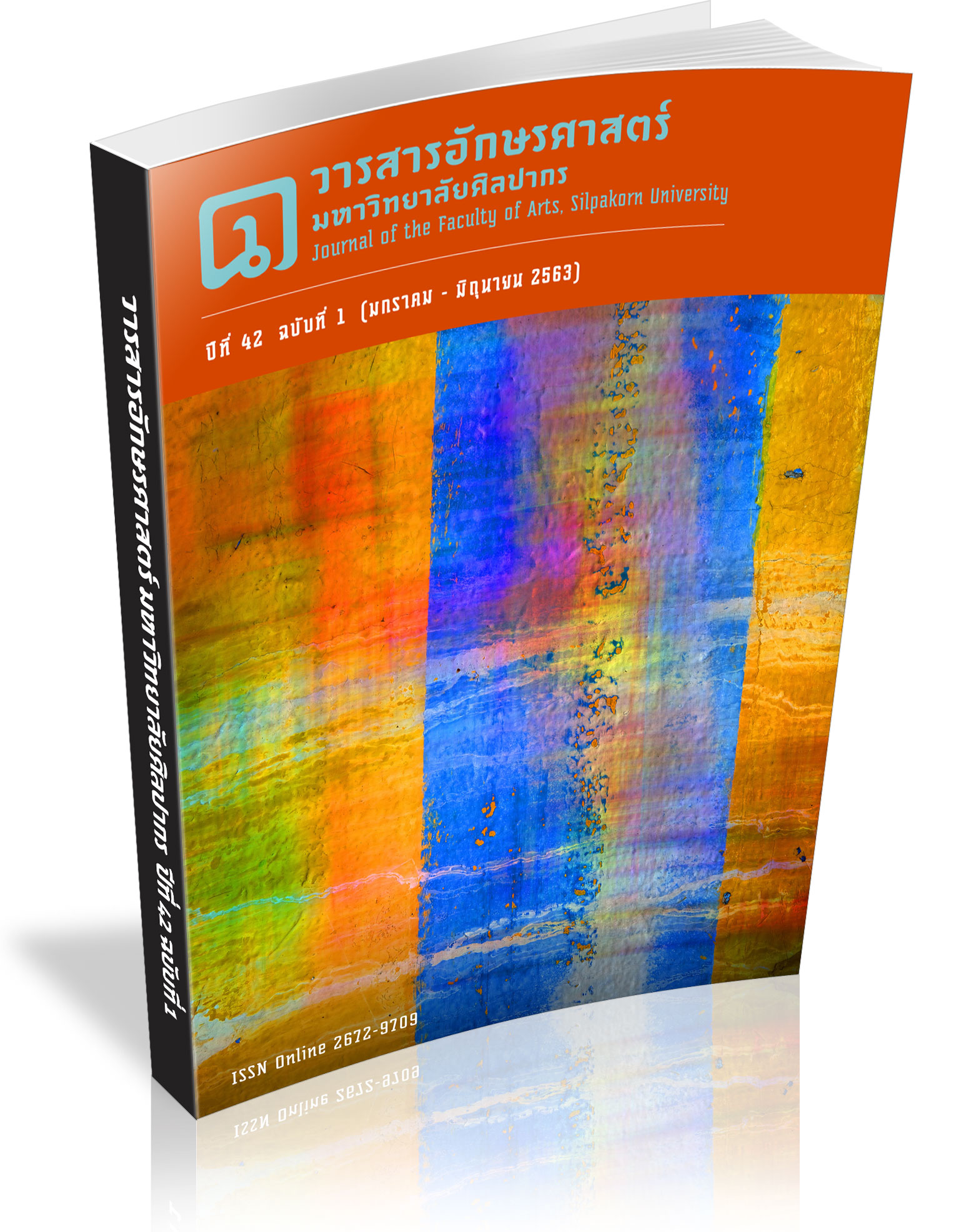Pra Leong Mieda Tipatay: Spirituality of Matriarchy in Cambodian Folktales
Keywords:
Pra Leong Mieda Tipatay, Spiritual Matriarchy, Cambodian folktalesAbstract
This study aims to explore the spirituality of matriarchy in Cambodian folktales published in 1997 by the Buddhist Institute of Cambodia. The Cambodian folktales contains eight stories-1) Trickery of Woman, 2) Two Friends, 3) The Lazy Man Who Has a Good Wife, 4) A Woman Lacking Femininity, 5) A Real Woman, a Real Mother, and a Real Father, 6) The Tricky Woman who Pulls out the Ginger, 7) Male Mountain and Female Mountain, and 8) Three Millionaires in Three Directions. The study of the spiritual of matriarchy in Cambodian folktales provides two main points-1) Women and motherhood are important in life in Cambodian society and culture, and it shows that women play an important role in families; 2) The characteristics of women according to the tradition of Cambodian society and culture indicate that there are two types of women: sacred and unfavorable.
Downloads
References
Cambodian Folktales. (2003). The lazy man gets a good wife. Phnom Penh: Buddhist Institute. (In Khmer)
Cambodian Folktales. (2001). The mountain of male and the mountain of female. Phnom Penh: Buddhist Institute. (In Khmer)
Cambodian Folktales. (2001). The real woman, real mom, and real father. Phnom Penh: Buddhist Institute. (In Khmer)
Cambodian Folktales. (2001). The woman withdrawing ginger. Phnom Penh: Buddhist Institute. (In Khmer)
Cambodian Folktales. (2001). The woman's lack of appearance. Phnom Penh: Buddhist Institute. (In Khmer)
Cambodian Folktales. (2002). Three millionaires. Phnom Penh: Buddhist Institute. (In Khmer)
Cambodian Folktales. (2001). Trickery of Woman. Phnom Penh: Cultural Ministry of Cambodian. (In Khmer)
Cambodian Folktales (2001). Two friends. Phnom Penh: Buddhist Institute. (In Khmer)
Charoenbutra, P. (2016). Female Archetypes and leadership roles in a fantasy world: The Hunger Games. Retrieved 14 December 2019, from http://ejournals.swu.ac.th/index.php/jcosci/index. (In Thai)
Hall, S. (1997). Representation: Cultural Representations and Signifying Practices. London: The Qpen University.
________. (1997). Representation: Cultural Representations and Signifying Practices. London: The Qpen University.
Lakoff, G. & Johnson, M. (1980). Metaphors we live. Chicago: University of Chicago Press.
Ngeal, N. (2005). Spiritual of Matriarchy in Cambodian Society. Phnom Penh: Cultural Ministry of Cambodian. (In Khmer)
Narang, N. (2005). Tikrong tek Angkor Chomhor Arayathor Khmer. Phnom Penh: Ministry of Culture in Cambodian. (In Khmer)
Rodsup, N. (2012). Patriarchy: The Reflection of the Inequality between Male and Female in Asian society. Buriram Rajabhat University’s Academic Journal, 4(2), 30-46. (In Thai)
Wongthes, P. (2019). Gender in Southeast Asia. Bangkok: Ruenkaew Printing. (In Thai)
Downloads
Published
How to Cite
Issue
Section
License
ผู้เขียนบทความต้องยินยอมในข้อกำหนดต่าง ๆ ของวารสารก่อนส่งบทความตีพิมพ์




